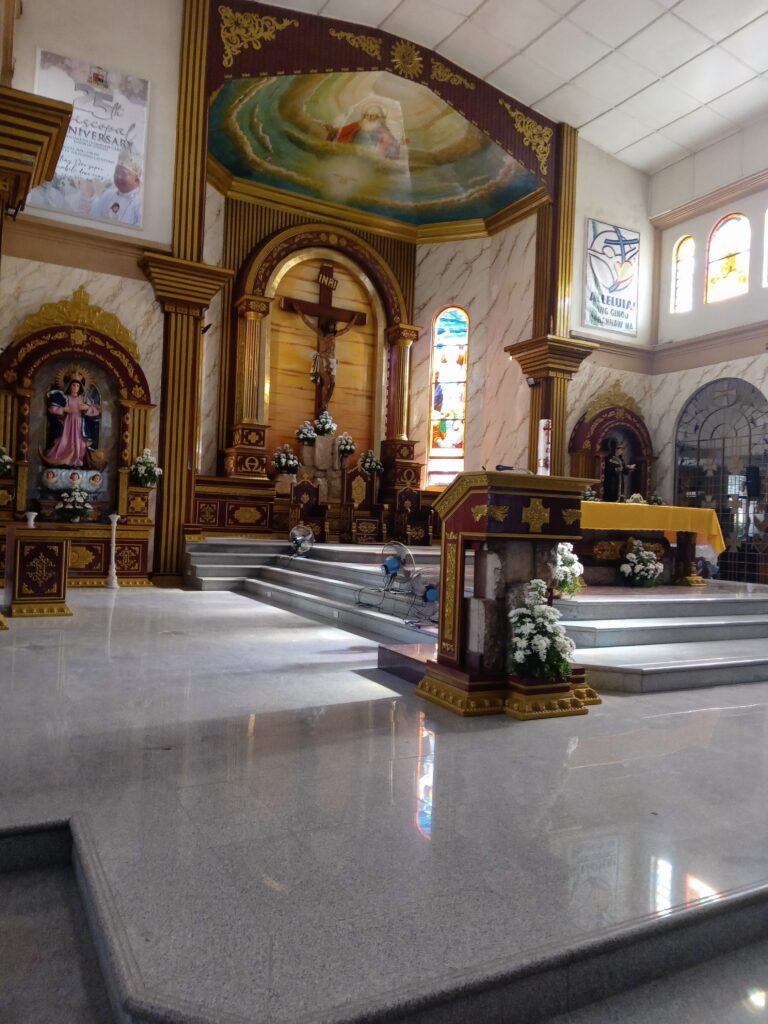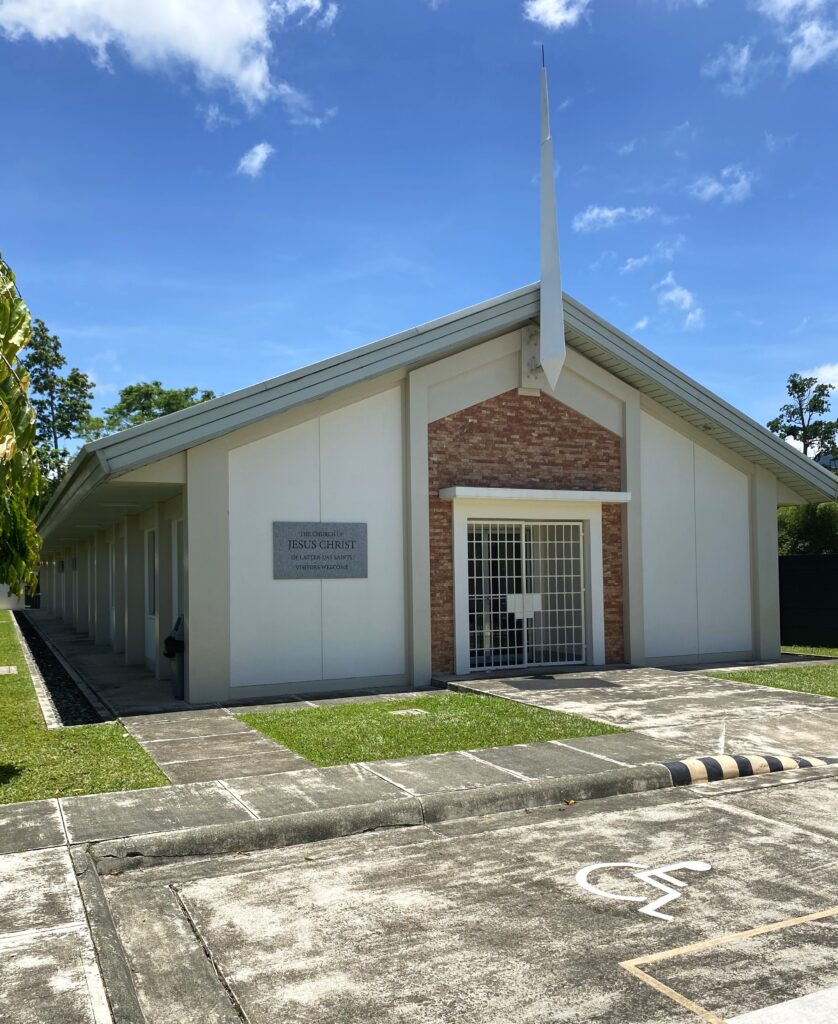This is just a brief introduction to a wide range of religions that one will find in the Philippines. As the Philippines is predominantly a Christian country, much of the content here will reflect that, but it should not be forgotten the influence that Islam and various other Asian or South – East Asian religions have in the Philippines.



Since the earliest recorded times, the people of the Philippine Islands have been deeply immersed in some form of religious belief and practice. From the ancient animism with varying beliefs across the various cultures and peoples of the lands, to the Hinduism mainly practiced in parts of Mindanao in the Hindu Kingdoms of old, to the Taoism and Buddhism brought by Chinese traders and settlers, and Islam also brought by settlers and conquerors. The unquestioned greatest impact numerically and territorially would be the immense influence of Roman Catholism introduced by the conquering Spaniards. The enthusiastic Jesuits came as soon as the Spaniards laid claim to the Islands, giving it the name of The Philippines for King Philip II of Spain.
Later Protestantism grew when the Americans took over from the Spaniards, and soon even some local people founded their own churches, of note is the Iglasia Ni Cristo established by Felix Malalo, and the Philippine Independent Church, founded by Gregorio Aglipay, a former Roman Catholic Priest who protested the Spanish largely ignoring Filipino clergy in promotions and influence, and who felt it was time to have the church have its own local leadership – including Bishops. The Philippine Independent Church echoed the growing nationalism groundswell in the turn of the 19th to 20th Century.
In the South of the country, where Islam took a firm foothold, the towns and villages came into the administration of Datus, who were the rulers of Islamic regions. On occasion there would be conflict between one Datu and another, but the Islamic faith and societies held fast against the Spanish invaders in the south, while its influence waned in the central and north of the Island of Mindanao. In the Visayas (central Islands) region, as in the large Island of Luzon, the Spaniards ruled with a firm hand in politics, while the Roman Catholic Church mostly led by Jesuits spread their influence and tried to Christianise the people, with mixed success. Even today in many places, especially in the far flung provinces, there is a curious blend of Catholism and animism sitting together, with many people reverting to one or the other beliefs as they see the need in times of trial or distress of health. There are people who faithfully attend mass every Sunday, yet will consult an animist or old native faith practitioner in the event of illness. In many cases people desperately seek help, being unable to afford Western style medical care.



For many Roman Catholics today, after more than four hundred years of Spanish rule and the church well and truly deeply embedded in the Filipino culture, it is very much a part of everyday life. Crosses and pictures of Jesus hang in many public buildings, municipalities and cities sponsor masses, and most schools start the day with the ‘Our Father’. Most movies have scenes which reflect the Filipino catholic faith with scenes of piety (or irreverence), wedding scenes in churches, masses, prayers said inside of church etc. Needless to say the Roman Catholic Church is well and truly embedded in the culture, and for many, being a Pinoy without being Roman Catholic is almost unthinkable. This can lead to problems with some people, where attendance at mass and other church sponsored activities simply means attending because it is ‘what one does’ to be a Filipino, but the actual Christian faith seems to be very much in the background. Sermons are nodded at if it is acceptable to the listener, but otherwise tolerated and fidgeted over as it is where one is supposed to be. There are many who simply ignore the advice of priests and bishops and yet call themselves faithful Catholics.
The other churches seem to be more motivated by actual belief in doctrine, as they are in part counter-cultural to the mainstream, but for the INC (Iglesia Ni Cristo) followers, as for the Philippine Independent Church congregations, this is fast becoming a non-issue as their numbers increase. Iglesia Ni Cristo believers for example now wield considerable political power as they form a significant voting bloc come election time, with followers expected to vote as the head pastors direct. Every election time the leading pastors sit down with prospective presidential candidates and negotiate what the church can do for them, and what they can do for the church.
Smaller protestant and other Christian groups may encourage their followers to vote a certain way or for certain policies, but generally not with the same directness as the INC.



Generally speaking in the Philippines, religious theological discussion is open and lively, but there are times when it is perhaps a little bit too enthusiastic. I recall in one area I lived, the Roman Catholics and some other protestant groups having an open discussion in a plaza (city park) which came to blows. Apparently this was not an isolated event, although usually it is done over the airwaves via radio (and now tv and internet). If nothing else, many of the Filipinos are indeed verbally enthusiastic about their faith practice.
The Spanish Roman Catholics brought another feature to the Philippine world, and that is that of the fiesta. As each town or local parish is dedicated to a saint or special event in the life of the church, the feast day of that saint is honoured by the local parish or city as a feast day, with huge preparations – often parades, parties, special events and of course food – LOTS of food. More on this in another article.
Until now, farewell, and if you are about to visit the Philippines or to live here, be prepared to see faith in action – in some form or another.
Picture credits:
Taoist Temple: (Mark arcelo, CC BY-SA 4.0 https://creativecommons.org/licenses/by-sa/4.0, via Wikimedia Commons)
Faith Healer Naga City.: Irvin Parco Sto. Tomas, CC BY-SA 4.0 https://creativecommons.org/licenses/by-sa/4.0, via Wikimedia Commons
All red and gold for Catholic Santo Nino Festival: Herbertkikoy, CC BY-SA 4.0 https://creativecommons.org/licenses/by-sa/4.0, via Wikimedia Commons
Leave a Reply